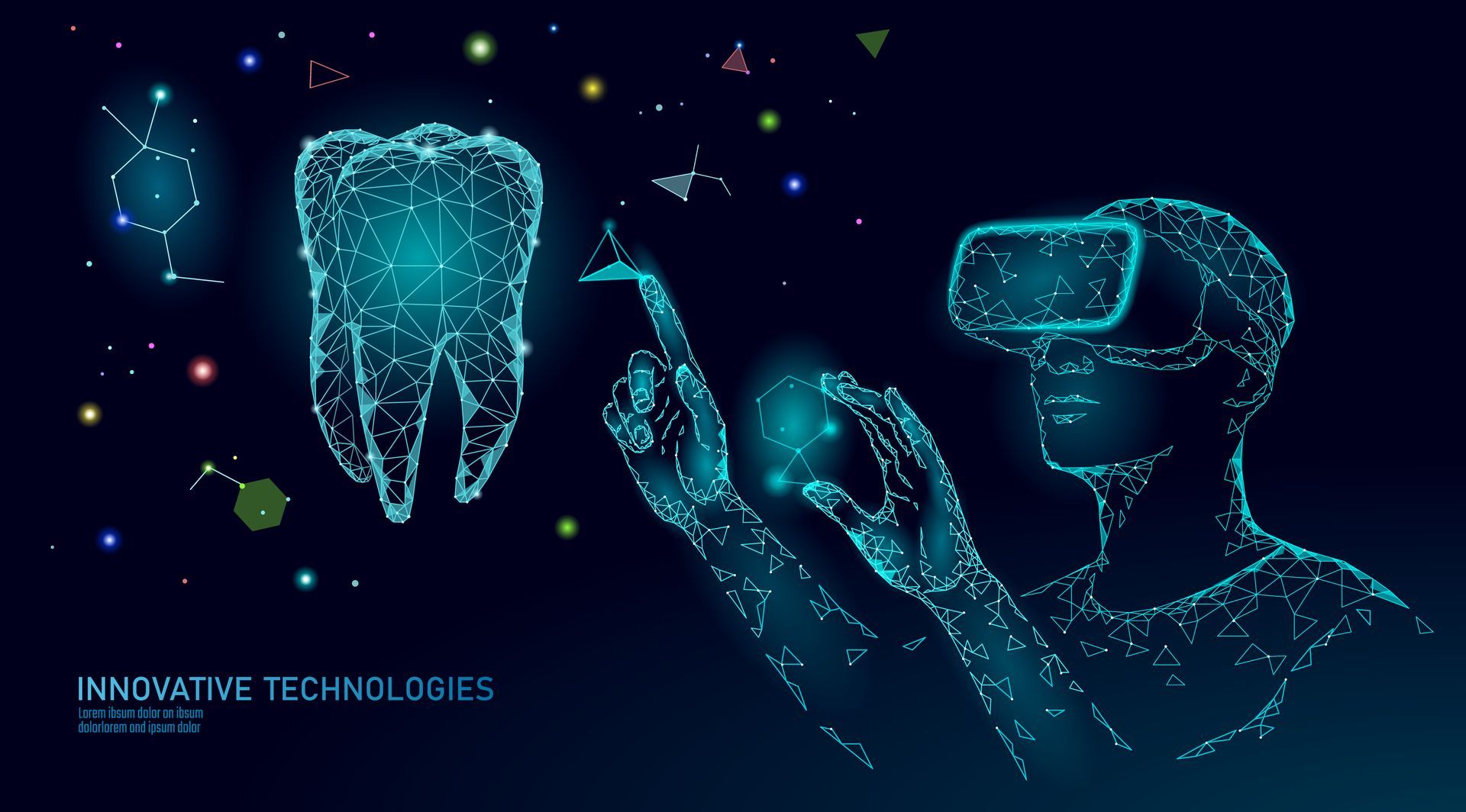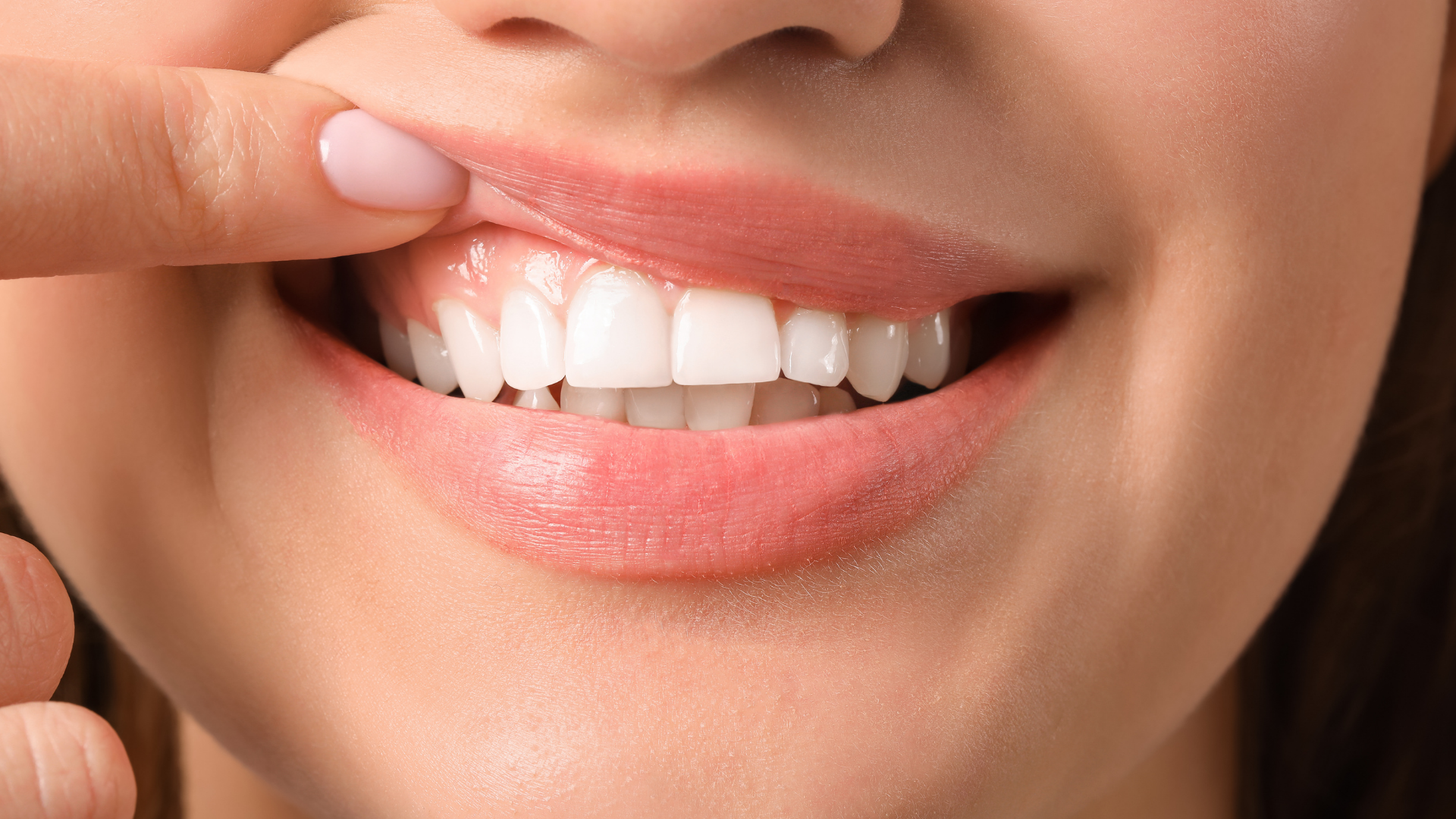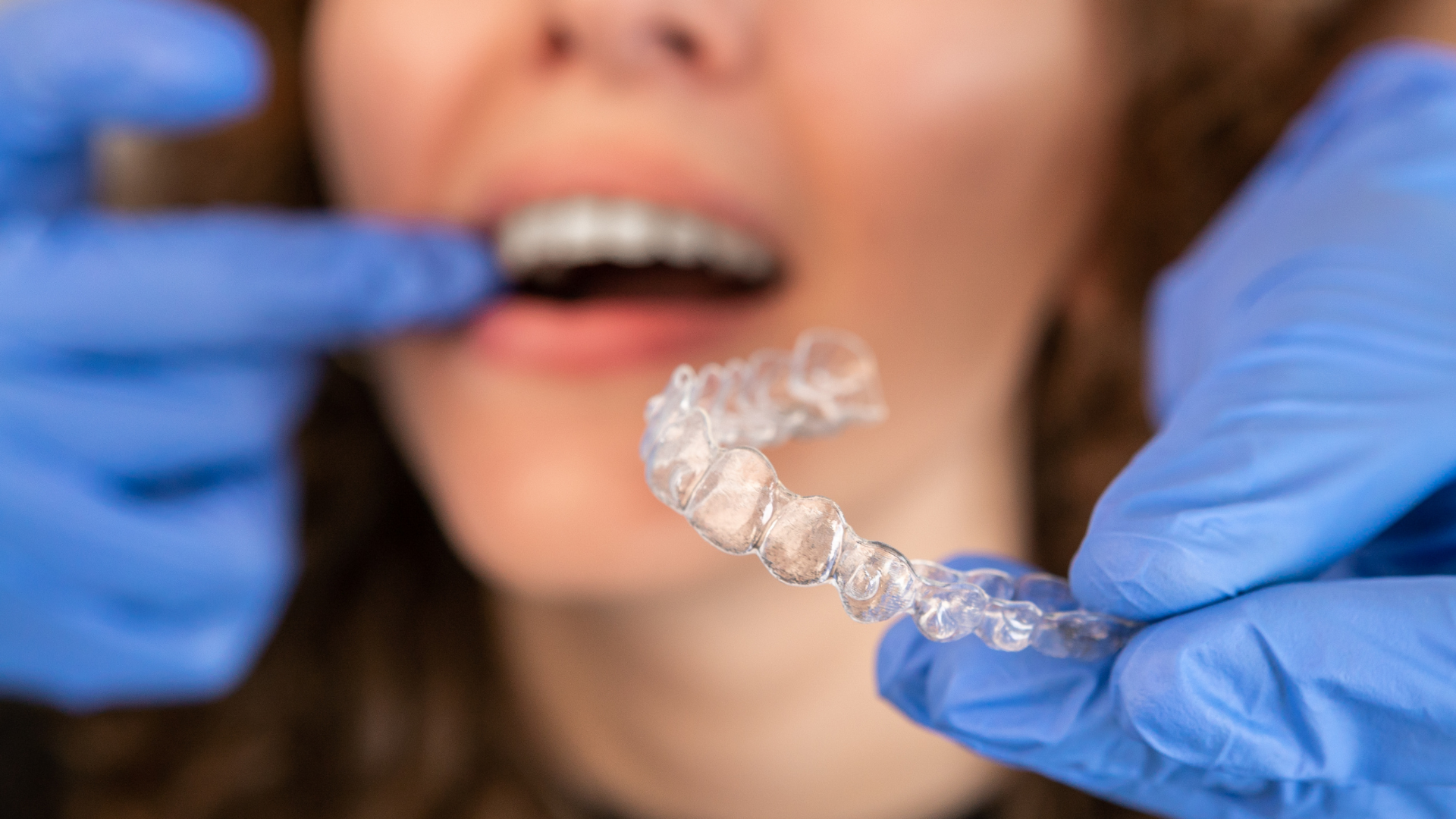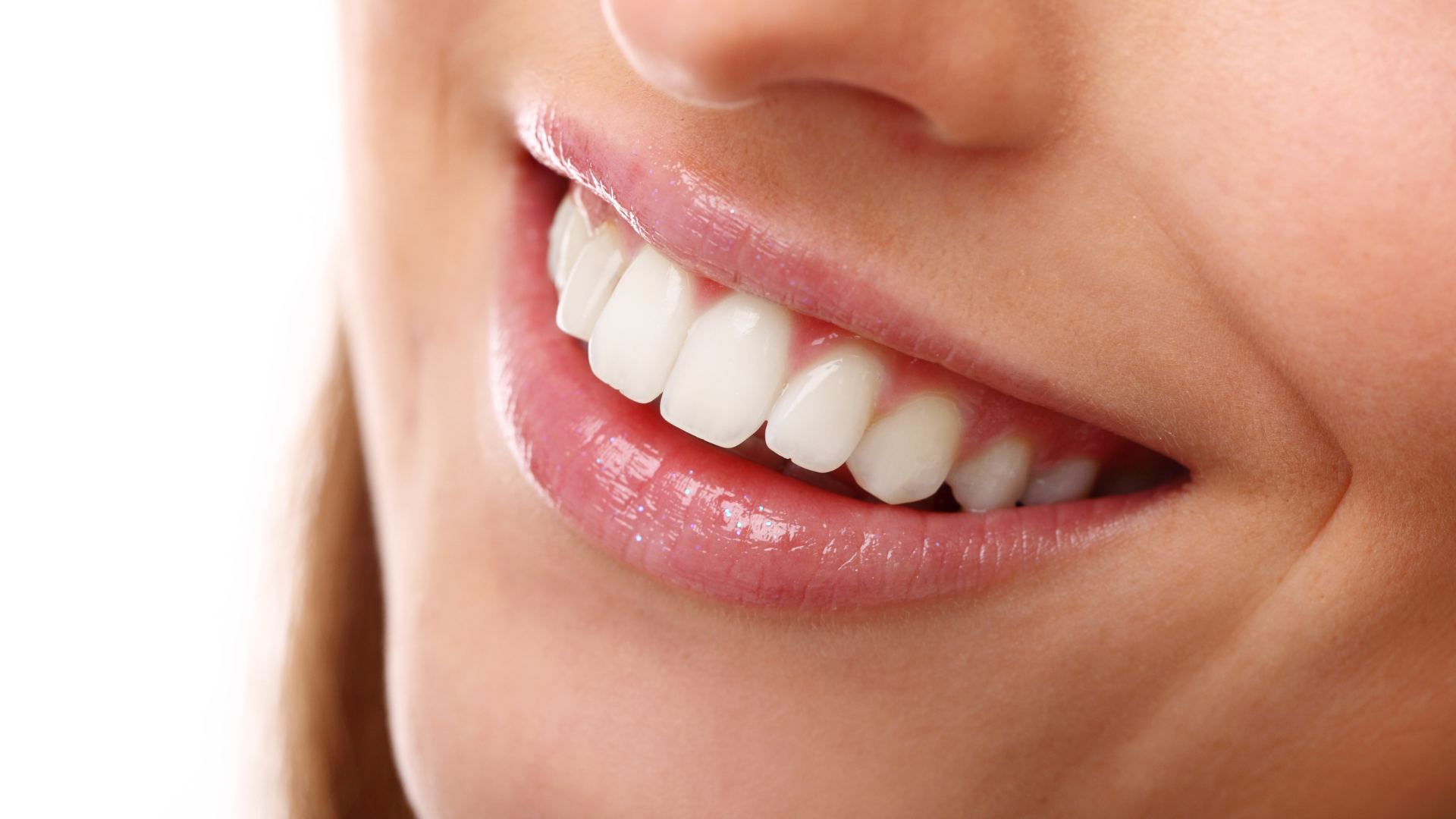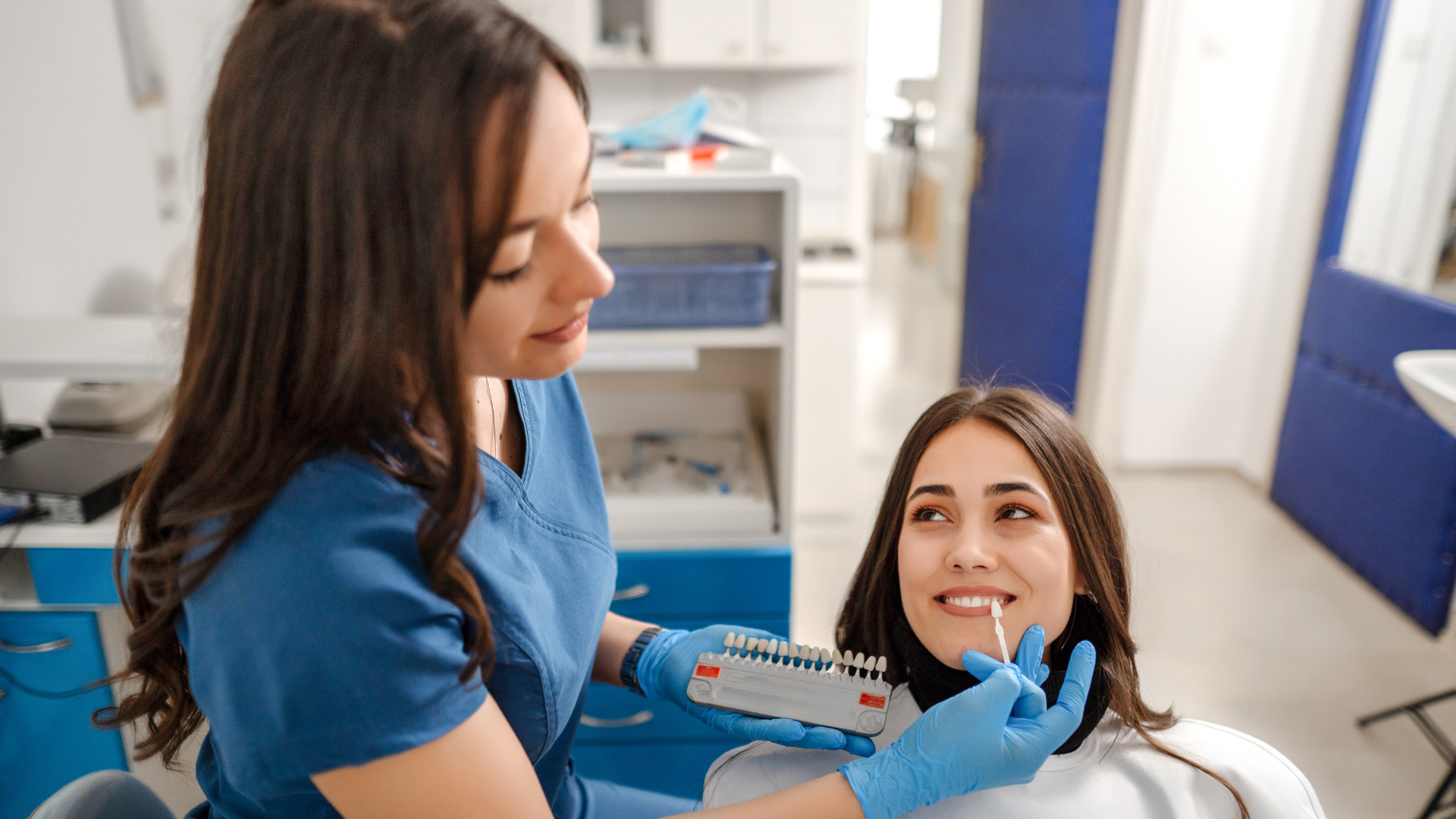While the advancements in dental technology offer many opportunities, they also present some challenges. Keeping up with rapid technological changes requires ongoing education and training. The cost of new technology can be high, and implementing new systems can disrupt practice operations initially.
However, the benefits of improved patient care, efficiency, and business growth that come with these advancements far outweigh these challenges. For the forward-thinking dental professional, the technological revolution in dentistry offers a world of exciting opportunities.
Bryant St. Dental is an innovative
Palo Alto Dentist based in the heart of Silicon Valley, that aims to embrace a philosophy of dental-well being that’s about more than clean and white teeth alone. To achieve that, the team, led by
Dr. Chad Abed, has crafted an approach that’s designed to be practical and playful, to reframe how their patients view dental care. A two decade veteran in the field, Dr Abed devised a unique, multi pronged strategy to improve dental health, leveraging power
A.I. technology to detect, prevent and treat dental disease. With this new approach to dental care, the goal is not to do more dental work, but to do less. By focusing on the foundations of oral health: healthy gums and teeth alignment, the team believes that, by getting these aspects right, a healthy body will follow suit. By investing in the foundations of oral health now, patients can avoid financial and physical pain later.
1. The Challenges in Embracing the Technological Revolution
A. Rapid Pace of Technological Changes
The pace of technological changes in the dental industry is rapid and relentless. It seems like every year, there's a new innovation, software, or equipment that promises to revolutionize dental practice. While exciting, keeping up with these changes requires a keen awareness of the latest trends, an understanding of how they apply to practice, and a willingness to adapt and evolve continually.
Your
Palo Alto Dentist understands that each patient is unique, and they are committed to discussing a holistic approach to dental care. Their approach involves taking the time to actively listen, collaborate, and devise tailored solutions that work for the individual patient. It’s all part of their larger strategy to help patients avoid dental work, save money, and dodge the pain that often comes with it.
To ensure they stay ahead of the curve and provide their patients with top-notch care, the team has embraced cutting-edge technology, including AI. This enables them to diagnose issues faster and more accurately, resulting in early detection, thereby minimizing healthcare costs. In this way, they prioritize finding problems before they escalate, keeping the patient’s mouth in the best condition.
The philosophy at Bryant St Dental is simple: the team cares about giving patients the confidence that comes with a healthy smile they love. By investing in their oral health now, patients can avoid more significant expenses and pain later. The team is there to help patients make the smart choice, using the latest technology to ensure they are getting the best care possible.
B. Ongoing Education and Training
Embracing new dental technologies often requires extensive education and training. Dentists and their teams must learn how to operate new equipment, use new software, and adapt to new procedures. This is not a one-time effort. As technology advances, dental professionals must commit to ongoing learning to remain proficient and effective. This commitment to continuous learning can be challenging, especially considering the already demanding nature of dental practice.
C. High Cost of New Technology
A significant barrier to the adoption of new dental technology is cost. Advanced dental equipment and software can be expensive. Beyond the initial purchase, there are costs related to installation, maintenance, and training. For many practices, especially smaller ones, these costs can be prohibitive. It's a significant challenge to balance the potential benefits of new technology with the realities of financial constraints. Your Palo Alto Dentist, Dr. Abed is fortunate to manage the high cost of technology effectively, while recognizing that this is a consideration for many small dental practices, especially those just starting out.
D. Disruptions in Practice Operations
Implementing new technology often involves disruptions to normal practice operations. Installation and setup of new equipment can interrupt service provision. Staff training may require time away from patient care. Additionally, there can be a period of adjustment as dental professionals and patients alike get used to new procedures and systems. These disruptions can be stressful and, if not managed effectively, may negatively impact patient satisfaction and practice efficiency. Your Palo Alto Dentist and team goes all in to get the training done and avoid disruptions to daily operations.
2. Overcoming the Challenges: Strategies and Solutions
A. Adapting to Technological Changes
The key to adapting to technological changes is to stay informed and proactive. Regularly follow industry news, attend dental conferences, and participate in professional networks to keep abreast of the latest trends. Prioritize technologies that are most relevant to your practice and patient needs. It's not necessary to adopt every new technology; instead, focus on those that offer clear benefits to your practice and are aligned with your strategic goals.
B. Investment in Continuous Education
Investing in continuous education is crucial to harness the benefits of new technology effectively. This includes both formal training programs and informal learning opportunities. Encourage a culture of learning within your practice, where everyone is motivated to upgrade their skills and knowledge. Leverage online resources, webinars, tutorials, and workshops that are often offered by technology vendors. Remember, the cost of education is an investment that pays dividends in improved patient care and practice efficiency.
C. Managing the Cost of New Technology
Managing the cost of new technology involves careful planning and strategic decision-making. Consider both the tangible benefits, such as increased efficiency or expanded services, and intangible benefits like improved patient satisfaction. Explore different financing options, such as leasing or payment plans. Also, consider the cost of not investing in technology - the potential loss of patients to more technologically advanced practices, outdated procedures, and decreased efficiency.
D. Effective Transition to New Systems
An effective transition to new systems requires careful planning, communication, and patience. Develop a detailed implementation plan that includes training schedules, backup plans for potential disruptions, and post-implementation support. Communicate the changes clearly to your staff and patients, explaining the reasons for the change and the benefits they can expect. Be patient during the transition period; it takes time for everyone to adapt to new systems. Remember, the initial disruptions are temporary, but the benefits of new technology are long-lasting.
3. The Opportunities Amidst the Challenges
A. Enhanced Patient Care
Despite the challenges, one of the most significant opportunities provided by dental technology advancements is the potential to enhance patient care. Improved diagnostic tools, less invasive treatments, and faster recovery times all contribute to a better patient experience. In addition, technology such as digital records, appointment reminders, and online booking systems can make the entire patient journey more convenient and efficient.
B. Increased Efficiency and Productivity
New technology can also dramatically increase the efficiency and productivity of a dental practice. From streamlined scheduling and billing systems to faster and more accurate treatment procedures, technology can save time and reduce errors. This not only improves the bottom line but also allows dental professionals to spend more time focusing on patient care and less on administrative tasks.
C. Business Growth and Expansion
Advanced dental technology can also open up new opportunities for business growth and expansion. By offering the latest treatments, a practice can attract new patients and retain existing ones. It can also expand its range of services, opening up new revenue streams. In addition, efficient systems and processes can enable the practice to handle a higher patient volume without compromising on quality of care.
D. Positioning for the Future
Finally, embracing new technology positions a dental practice for the future. The field of dentistry is evolving rapidly, and practices that adapt to these changes are more likely to thrive in the long term. Technology is not just about improving current operations; it's also about preparing for what's to come. By staying at the forefront of technological innovation, your Palo Alto Dentist can ensure we are ready for whatever the future brings.
4. The Impact of the Technological Revolution on Bryant St. Dental
A. Adoption of Advanced Dental Technologies at Bryant St. Dental
At Bryant St. Dental, your Palo Alto Dentist and team has embraced the technological revolution head-on. We've incorporated a range of advanced technologies into our practice, including digital impressions, CAD/CAM technology, and laser dentistry, among others. Our goal is to provide the most effective and comfortable treatments for our patients. We are continuously investing in the latest technologies that align with our commitment to excellence in patient care.
B. Managing Challenges at Bryant St. Dental
The path to technological advancement is not always smooth, and we have faced our share of challenges at Bryant St. Dental. Keeping up with the rapid pace of change requires vigilance and adaptability. We've overcome these challenges through continuous education and training, ensuring our team is always up to speed with the latest technologies. Disruptions are minimized by thorough planning and clear communication with our team and patients.
C. Capitalizing on Opportunities at Bryant St. Dental
At Bryant St. Dental, we see every challenge as an opportunity. The adoption of advanced dental technologies has significantly enhanced our patient care, making treatments more precise, efficient, and comfortable. Our practice has become more productive, with streamlined processes and systems that save time and reduce errors. These advancements have also allowed us to expand our range of services, attracting a wider patient base and fostering growth. Moreover, by positioning ourselves at the forefront of dental technology, we're preparing for a future where Bryant St. Dental continues to be a leader in high-quality dental care.
Conclusion
In conclusion, the technological revolution in dentistry brings a blend of challenges and opportunities. The rapid pace of technological changes, the need for ongoing education and training, the high cost of new technology, and the disruptions in practice operations represent some of the key challenges. However, these challenges can be effectively managed through adaptability, continuous learning, strategic financial planning, and smooth transition planning.
The opportunities are vast, including enhanced patient care, increased efficiency, business growth, and positioning for the future. At Bryant St. Dental, your Palo Alto dentist, has successfully navigated these challenges but also capitalized on these opportunities, adopting advanced dental technologies, managing challenges proactively, and leveraging the opportunities for the growth and future-readiness of our practice.
Embracing the future of dentistry at Bryant St. Dental: Your Palo Alto Dentist
Embracing the future of dentistry is not merely about staying current; it's about staying ahead. At Bryant St. Dental, we are committed to pioneering change, not just keeping pace with it. We are excited about what the future holds and are committed to bringing those advancements to our patients, thereby continuing our tradition of providing the highest standard of dental care. We believe that by facing the challenges and embracing the opportunities of the technological revolution, we can ensure a bright and successful future for Bryant St. Dental.

